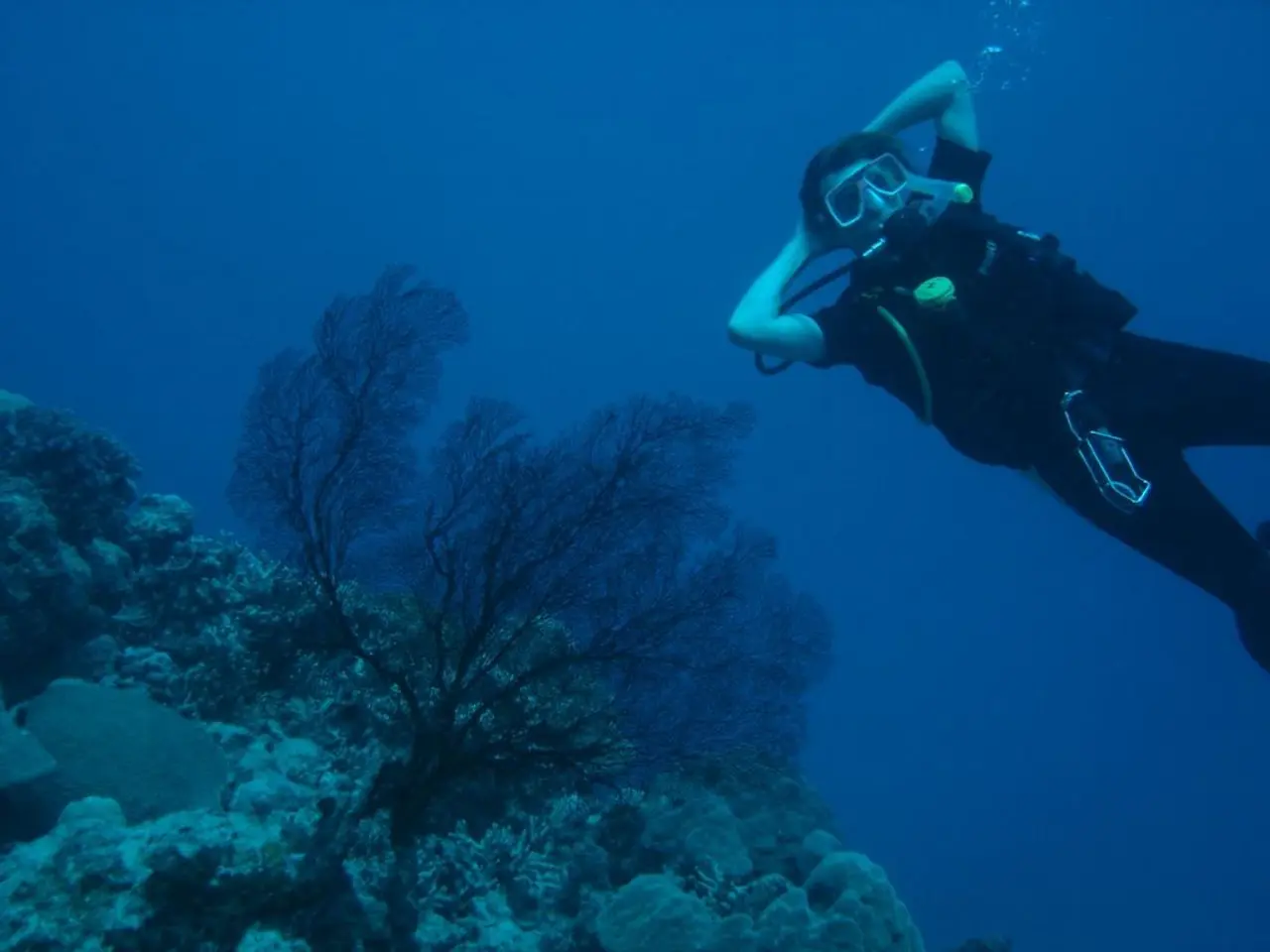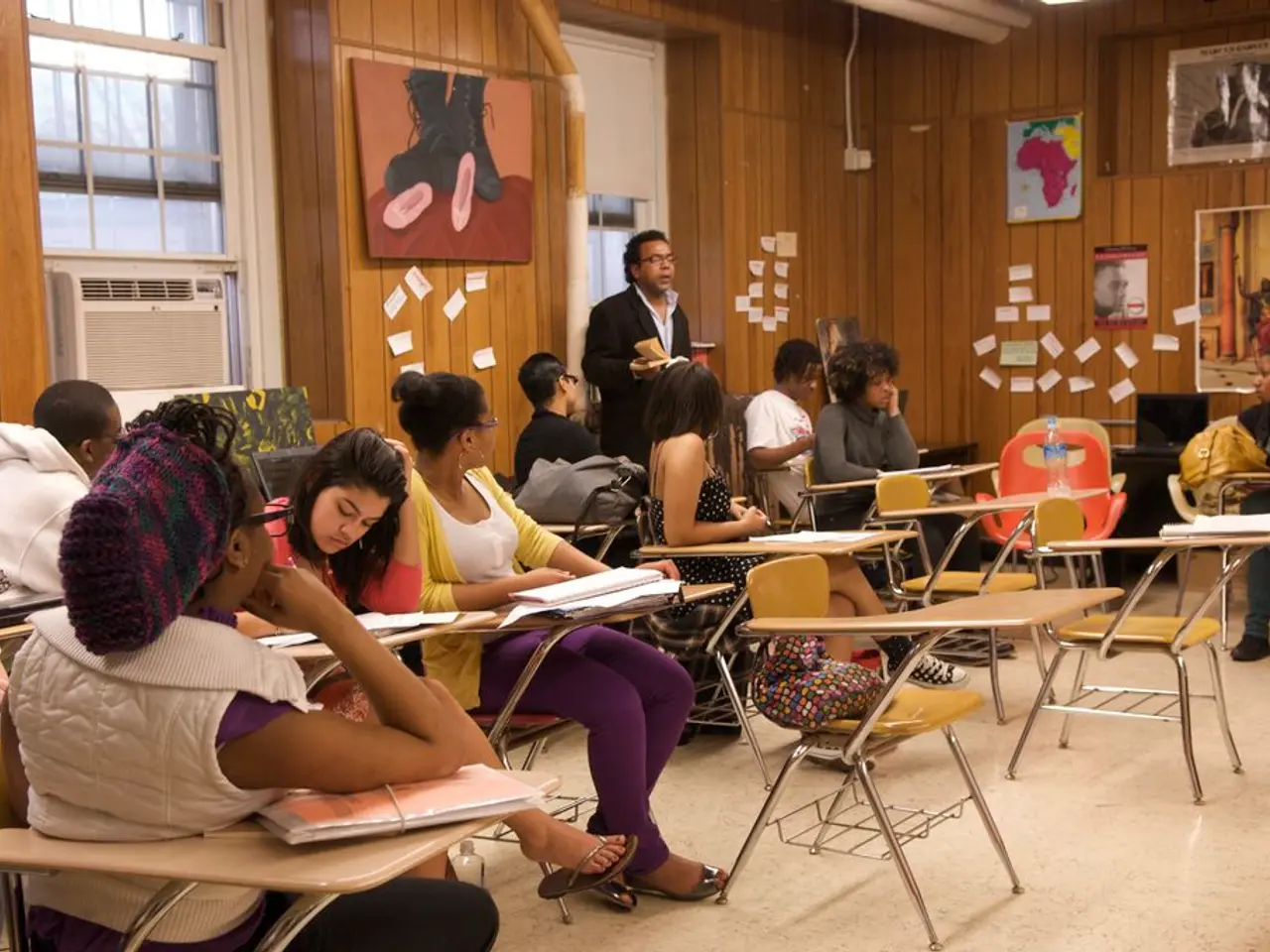Partners, including NOAA, initiate advanced coral restoration project post Florida's coral bleaching event
Restoring Florida's Coral Reefs: A Multi-Faceted Approach
In the face of the 2023 coral bleaching event, NOAA and its partners have come together to chart a new path forward for coral restoration in the Florida Keys National Marine Sanctuary. This approach combines advanced restoration techniques, heat-resilient coral propagation, community engagement, and habitat management.
Following the bleaching event, NOAA and partners outplanted corals propagated from survivors of the bleaching, preserving genetic diversity critical for heat tolerance and future warming conditions. One of the key initiatives is NOAA's Mission: Iconic Reefs, an ambitious long-term initiative to boost coral cover from 2% to 25% across seven key sites in the Florida Keys National Marine Sanctuary by 2040.
Another significant player in this restoration effort is the University of Miami's Rosenstiel School of Marine, Atmospheric, and Earth Science. They have received a grant of $16 million from the Office of Habitat Conservation to apply emerging science and technology to coral breeding and restoration.
Dr. Baker's lab at the University of Miami is taking a unique approach to heat-resilient coral propagation. They are introducing heat-tolerant algae to corals during the earliest stages of life to increase their heat tolerance. Key approaches include selective breeding of heat-tolerant corals, breeding Florida's remaining elkhorn corals with heat-adapted corals from warm-water reefs in Honduras, pairing baby corals with beneficial symbiotic algae and probiotic bacteria, bioprinting coral babies, and rearing baby corals in high-temperature environments.
The bioprinting technology will print tiny hydrogel bubbles containing coral larvae, seawater, symbiotic algae, probiotic bacteria, and compounds that encourage settlement and growth. This technology, developed by the Rosenstiel School team, aims to meet the demand for growing and outplanting millions of corals.
Mote Marine Laboratory and the Coral Restoration Foundation are also breeding and rearing coral species that withstood the 2023 bleaching. They are accelerating the outplanting of massive brain and boulder coral species, expanding the capacity to store genetically diverse and heat-tolerant corals for future restoration. Following the bleaching event, partners like Mote and the Coral Restoration Foundation are outplanting massive coral species like brain, boulder, and star corals.
In addition to these efforts, land-based coral farming and underwater nurseries are being used to optimize growth and health. Corals are initially grown in controlled land-based facilities before being moved to underwater nurseries as intermediate growing environments before final outplanting to degraded reefs. This staged process maximizes coral survival rates.
Teams are also actively removing nuisance species and invasive algae prior to coral outplanting to create favorable habitat conditions, which significantly improves restoration success. Community engagement programs like Iconic Reef Guardians engage local divers and snorkelers in restoration activities, fostering community stewardship and expanding restoration capacity.
NOAA and partners continuously assess coral survival and adapt methods based on new scientific insights, including thermal tolerance experiments to identify and promote corals better able to withstand elevated temperatures typical of Florida Keys summer conditions. This adaptive management and research aim to build reef ecosystems capable of sustaining themselves under future warming scenarios while preserving ecological and economic benefits.
This approach is widely seen as a model for coral restoration and climate adaptation in reef ecosystems globally. However, rising ocean temperatures are pushing coral reefs to the brink. Many other partners and individuals support the Mission: Iconic Reefs program, including the Florida Fish & Wildlife Conservation Commission, which has granted the University of Miami permission to outplant Flonduran corals in Florida's state waters outside of national parks and sanctuaries.
In conclusion, the restoration of Florida's coral reefs is a multi-faceted effort that integrates scientific innovation, large-scale coordinated effort, and community involvement. The aim is not only to restore coral cover but also to enhance the resilience of Florida Keys reefs against climate-driven heat stress and disease threats. This approach is crucial for preserving the $6.3 billion in local sales and 71,000 jobs annually provided by healthy coral reefs.
In the realm of health-and-wellness for Florida's coral reefs, the University of Miami's Rosenstiel School of Marine, Atmospheric, and Earth Science employs advanced science and technology to breed heat-resilient corals, assisted by a $16 million grant from the Office of Habitat Conservation. Additionally, understanding and mitigating the impact of climate change on coral reefs is a critical component of environmental-science, as rising ocean temperatures pose a significant threat to these vital ecosystems.




